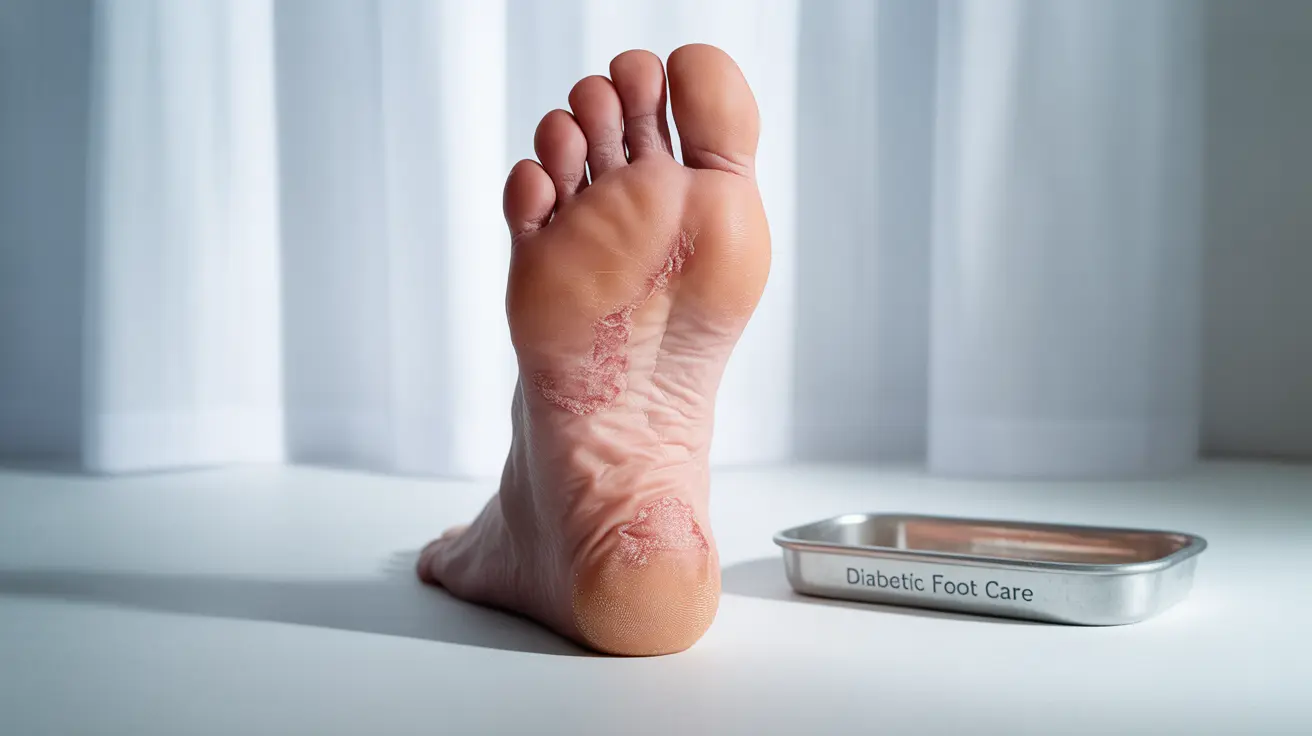Understanding the visual signs of diabetic neuropathy in feet is crucial for early detection and prevention of serious complications. This comprehensive guide will help you identify warning signs, understand their significance, and know when to seek medical attention.
For people with diabetes, regular foot inspection is an essential part of daily health management. Recognizing early symptoms through visual changes can help prevent severe complications and maintain foot health.
Understanding Diabetic Neuropathy and Its Impact on Feet
Diabetic neuropathy occurs when high blood sugar levels damage nerve fibers throughout your body, most commonly affecting the feet. This condition can alter both the appearance and function of your feet in several notable ways.
Visual Changes to Watch For
Early visual indicators of diabetic neuropathy in feet may include:
- Redness or discoloration of the skin
- Dry, cracked skin, particularly on the heels
- Changes in foot shape or structure
- Blisters or sores that appear without obvious cause
- Calluses in pressure areas
- Discolored toenails
Physical Changes and Sensations
Along with visible changes, diabetic neuropathy can cause various sensory alterations:
- Numbness or reduced sensation
- Tingling or burning sensations
- Changes in foot temperature
- Reduced ability to feel pain or pressure
- Difficulty detecting hot or cold
Risk Factors and Causes
Several factors increase the likelihood of developing diabetic neuropathy:
- Poor blood sugar control
- Length of time living with diabetes
- Being overweight or obese
- High blood pressure
- Smoking
- Excessive alcohol consumption
Prevention and Protection Strategies
Taking proactive steps to protect your feet is essential:
- Daily foot inspection using good lighting
- Regular moisturizing of dry areas
- Wearing properly fitting shoes
- Keeping blood sugar levels well-controlled
- Regular exercise to improve circulation
- Professional foot examinations
Proper Foot Care Routine
Establish a daily foot care routine that includes:
- Gentle washing with warm (not hot) water
- Thorough drying, especially between toes
- Application of diabetes-approved moisturizer
- Careful nail trimming
- Wearing clean, dry socks
- Regular foot exercises
Warning Signs Requiring Medical Attention
Seek immediate medical care if you notice:
- Open sores or wounds that don't heal
- Signs of infection (redness, warmth, swelling)
- Changes in foot color or temperature
- Persistent pain or discomfort
- New deformities or changes in foot shape
- Black or blue discoloration
Frequently Asked Questions
What do early diabetic neuropathy feet symptoms look like and how can I recognize them in pictures? Early symptoms typically appear as redness, dry or cracked skin, calluses, and changes in foot shape. You may also notice blisters or sores that develop without obvious cause.
How does diabetic neuropathy affect the appearance and sensation of feet? Diabetic neuropathy can cause visible changes like skin discoloration, deformities, and ulcers. Sensation-wise, it often leads to numbness, tingling, burning sensations, and reduced ability to feel temperature or pain.
What causes diabetic neuropathy in the feet and who is most at risk? Diabetic neuropathy is primarily caused by prolonged high blood sugar levels damaging nerve fibers. People with poorly controlled diabetes, those who have had diabetes for many years, and individuals with additional risk factors like obesity or high blood pressure are at highest risk.
How can I prevent foot ulcers and infections from diabetic neuropathy? Prevention involves daily foot inspection, proper hygiene, wearing appropriate footwear, maintaining good blood sugar control, and regular professional foot examinations. Moisturizing and protecting feet from injury are also crucial.
When should I see a doctor about changes in my feet related to diabetes? Seek immediate medical attention if you notice non-healing wounds, signs of infection, significant color or temperature changes, persistent pain, or new deformities in your feet. Regular preventive check-ups are also essential.




